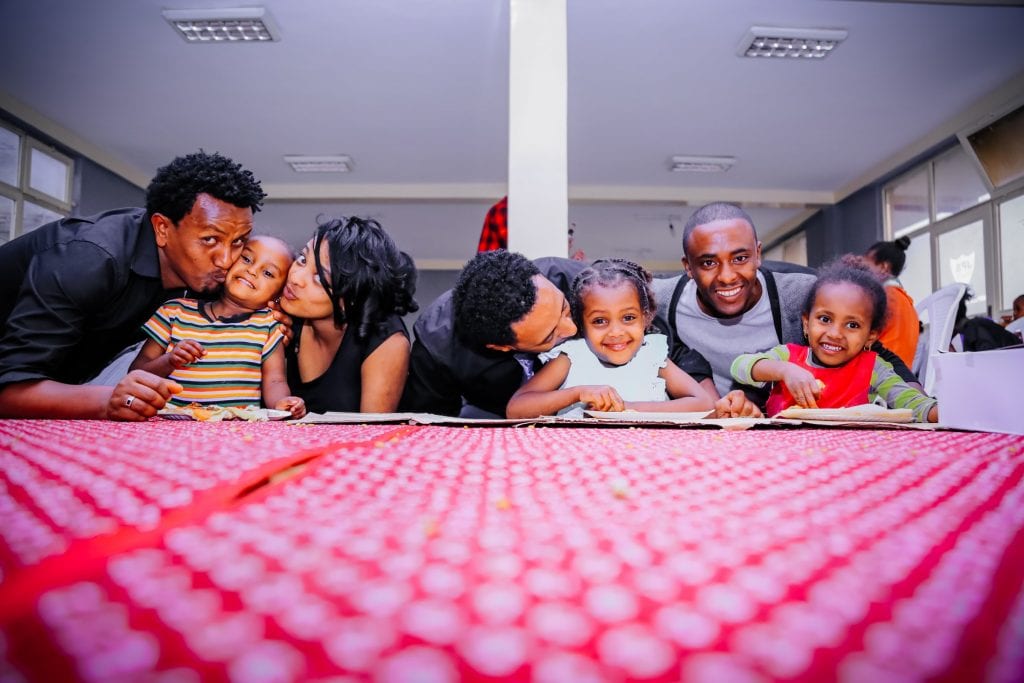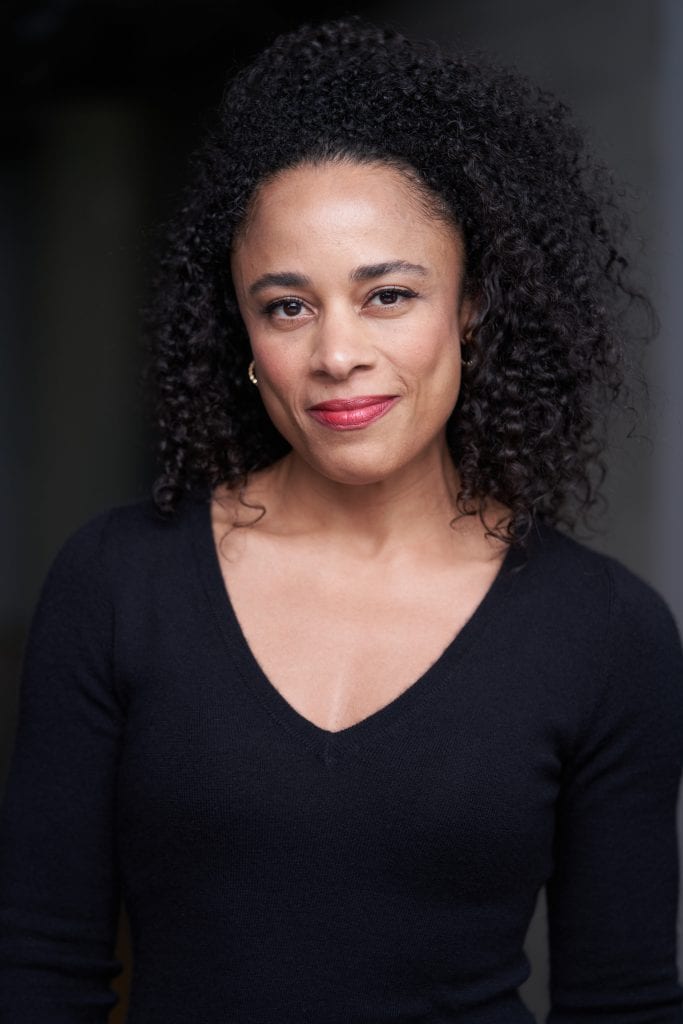
As a psychotherapist, I regularly talk about the “isms” (racism, classism, ableism, ageism, sexism) and have learned to sit with the discomfort of recognizing how much I don’t know, while acknowledging that learning about the lived experiences of those different from me will be a lifelong journey. As a parent, my goal has been to raise children who acknowledge the inequity of systemic racism. I teach them how to advocate for themselves and for others.
For my biracial son (African American and Eastern European Jewish) the infamous “talk” about Black men and policing in America began as a series of talks, when I hoped he was ready. The recent images of George Floyd, stories of the brutal killings of Ahmaud Arbery and Breonna Taylor, and other tragic instances of injustice have made these conversations with both of my teenage children necessary and more frequent. But the truth is that your child is never ready to feel “othered” or learn that their life is less valued.
With my sister, I co-founded a nonprofit, Raising Compassionate Leaders (RCL), that works to provide parents from all racial, ethnic and cultural backgrounds with resources and access to experts to help with these conversations. We aim to help parents nurture their children’s self-identity based on family values; learn about different racial groups, ethnicities and cultures; challenge assumptions and foster respect for differences.
This type of parent-child dialogue supports the development of social, emotional, language and communication skills. It also promotes the critical thinking necessary for children to feel empowered to advocate for themselves and others during difficult interactions. Ultimately, RCL hopes to equip parents with resources and tools that support them in raising the country’s next generation of leaders to address issues of diversity, equity and justice.
Learn to celebrate differences
Children begin to notice racial differences as young as 6 months old. Around the same time, children look to parents or other loved ones to gauge reactions to a new person or situation, using what is called “social referencing” as a guide for their own response.
Around 18-24 months, children begin to differentiate between genders, and notice and comment on other physical differences, including skin color. Children naturally compare, trying to make sense of the world around them. This is how they develop a concept of self.
By the time they are 2-4 years old, children can start to internalize bias and stereotypes. This is why it is important that parents notice and celebrate their children’s unique attributes. Parents must become comfortable noticing and talking openly about differences. This helps a child develop an understanding of their unique qualities, and nurtures healthy racial identity development and an ability to counteract stereotypes.
Parents also need to create social and emotional language around the complex issues of diversity, inclusion and equity for their children. Help them formulate an understanding of the world around them. This sets the stage to respect the differences of others.
Learn to tolerate the discomfort
When it comes to discussions about race with our children, start small. Young children are satisfied with an honest, basic framework. For older children, parents need to learn to listen and ask questions and assess their child’s understanding before diving into a lecture on fairness and social justice.
For the little ones, play is an essential learning tool. Diversify your child’s toys, books and media. Point out physical differences — skin color, eye color and hair texture.
Children are naturally inquisitive about their family of origin. Begin to talk about the cultural heritage of others in the country and how such a wonderful mix of people is what actually makes America great. Parents can also share their own stories around race, ethnicity and culture, and even issues around racism and privilege.
Get comfortable with the discomfort of your child openly making comments on others’ differences. If this happens at the grocery store, praise your child for noticing, and tell the shocked patron that your family is learning to celebrate everyone.
Help teens nurture an identity separate from family while countering negative messages and stereotypes from the outside world. Be willing to acknowledge what you don’t know. Mirror for your child a willingness to ask questions and show them what it looks like to challenge racism.
Getting on the same page
Before you begin these conversations with your children, examine your own knowledge about racism. Clarify your own values and identify your family’s values. RCL has a values clarification worksheet in the resources section that can help you do this.
If you are a person of color, what has that meant to you? What impact has racism had in your life or the lives of others? What does it mean to be white in America, and what impact does that have on people of color?
Color blindness was a well-meaning moral position. Unfortunately, it has left many Black, Indigenous and other People of Color (BIPOC) feeling invalidated, negating the reality of their lived experiences in America.
Talk to your partner so that you agree on how to discuss issues around racism and other “isms.” If you are a single parent, talk with other single parents and people in your larger community so that you can obtain support.

You don’t need to know everything
We can’t know everything around issues of race, ethnic and cultural differences, or how to solve racial injustice. Unfortunately, the education we received in school didn’t provide us with a full perspective of the experiences and contributions of Black, Indigenous and other people of color in America.
Identify books and media that can help you in having these conversations with your children. Use children’s books and media that portray BIPOC cultures, have been created by people of color and offer a multicultural perspective. One example is “Skin Again” by bell hooks, which underscores the importance of the stories under the visible surface of skin color, celebrates our varied hues and seeks out connection. “Marisol McDonald Doesn’t Match” by Monica Brown is a story about a mixed-heritage Peruvian-Scottish-American girl who realizes that the world around her wants to put her into a box. This book really connected with my daughter’s biracial experience.
Current events also offer an opportunity to engage in meaningful conversations. Prep yourself and role play harder conversations. Get comfortable sharing your emotions with your child. Tell them when you are sad, angry, disappointed or overwhelmed with what is going on in the world. Once you feel more comfortable with language and emotions that come up around issues of oppression and injustice, your children will also.
Denica Gordon-Mandel, a psychotherapist and co-founder of Raising Compassionate Leaders, lives in Los Angeles with her husband and two children.


























